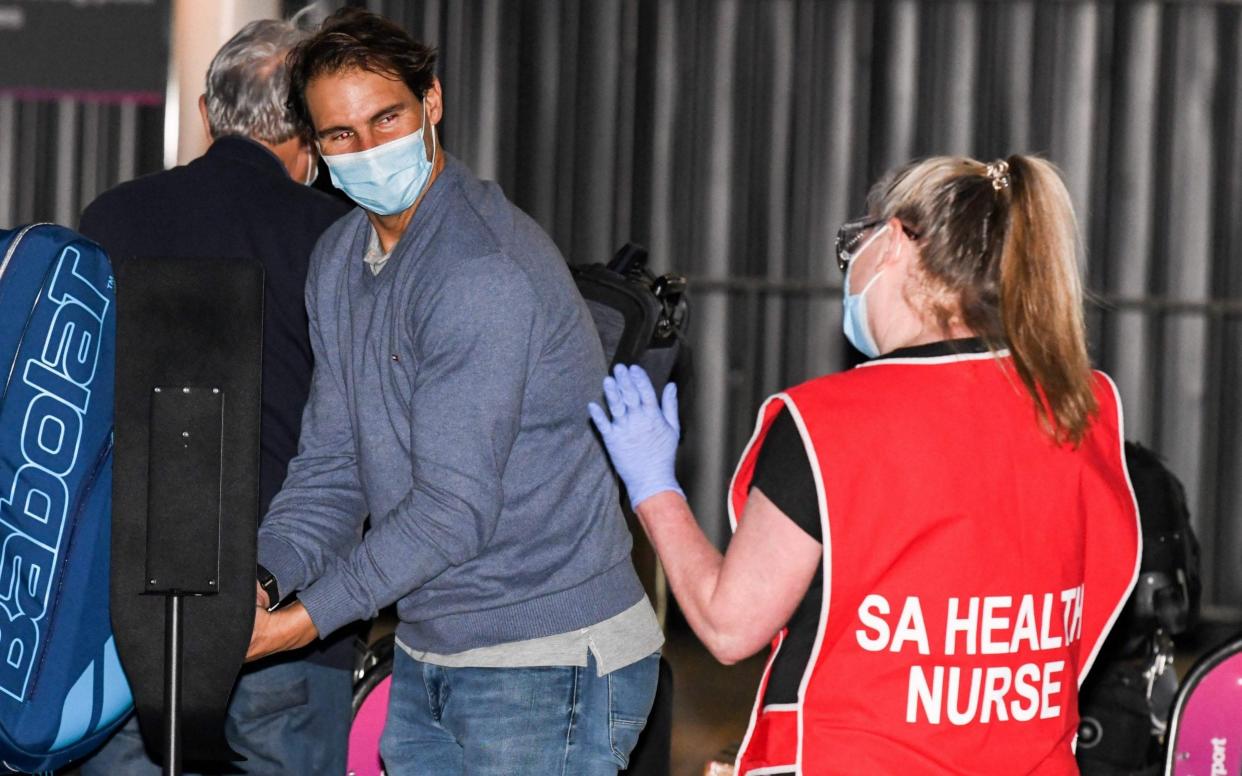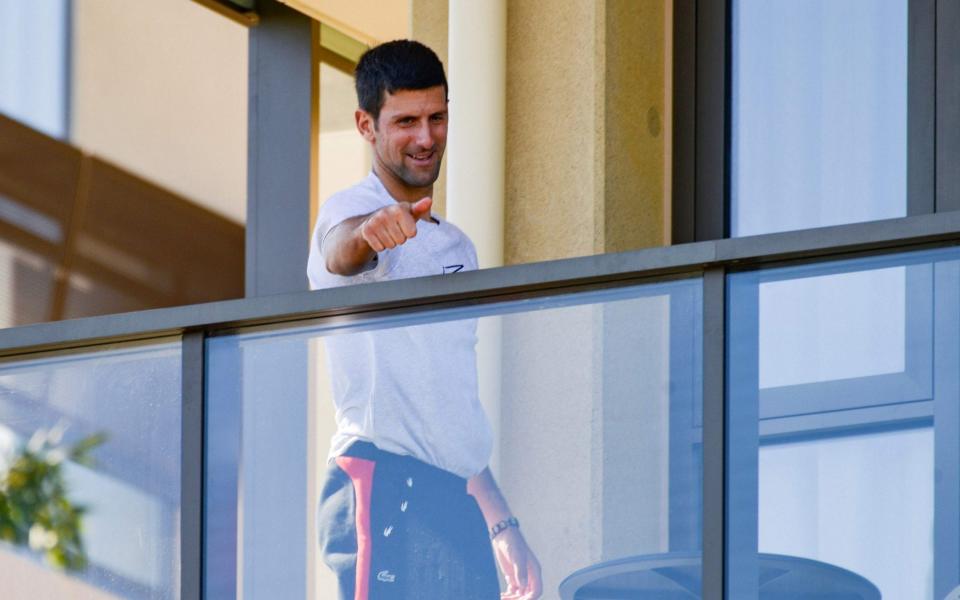Australian Open 2021: Why is the tournament in chaos and why is there a Covid backlash against players?

The Australian Open is due to take place from February 8 in Melbourne. There has been a large logistical operation to comply with Australia's strict coronavirus regulations which has resulted in players being put into quarantine in hotels for 14 days. How did it all unfold and what has the reaction been?
Why has there been such a backlash to tennis players arriving in Australia?
To understand how we got to the stage where a local Australian politician was blasting former champion Stan Wawrinka as an example of the "double standards" in play for tennis, one must understand the way Melbourne and the rest of the country has dealt with this pandemic.
On Monday, Australia recorded just 19 new cases of coronavirus and has had fewer than 1,000 deaths throughout the entire pandemic. A combination of closing borders early, mandatory hotel quarantine for those who did manage to arrive, plus restrictions on travel between states and tough lockdowns – Melbourne was essentially closed from July until October – has meant the country has emerged from 2020 as one of those least scarred by coronavirus.
The sacrifice the Australian public endured for months is why there appeared to be little sympathy on social media for players complaining about being forced to isolate for two weeks ahead of the tournament.
What are the protocols for travel to the tournament?
To convince the government they could hold the tournament safely, 17 chartered flights – 15 to Melbourne, and two to Adelaide – with 1,200 players and their limited entourages on board were arranged, with all travellers retested by the tournament organisers when they landed and tested every day thereafter for two weeks.
During that time, they have to adhere to "modified" isolation rules which allow them to train on court for five hours a day and form bubbles with hitting partners.
So why are players now locked in hotel rooms?
The players currently having to find ingenious ways of using their hotels as practice courts happened to be on flights where a passenger tested positive.
Positive tests were recorded on four of the chartered flights last week, meaning that a total of 72 players plus members of their teams are now in strict quarantine for 14 days.
This is not something that has been seen on the same scale at previous tournaments during the pandemic, but that is because the Australian Open is holding itself to a much higher standard.
How are things differing to the US Open and Roland Garros?
Back in September, the US Open and Roland Garros were able to go ahead without much of the pre-tournament drama we are already seeing unfold in Melbourne, but that is largely to do with the nature of the pandemic at that time. In September, coronavirus cases worldwide were on a downward curve. In the USA, the government's reaction to the pandemic has been decidedly less extreme and less effective than Australia's. There was arguably less public or government scrutiny of the USTA's approach at their slam in Flushing Meadows, and at the time there were murmurs that protocols had been relaxed "to prevent player clear-out", according to American doubles player Noah Rubin.
For example, when Benoît Paire tested positive for coronavirus during the tournament, a small bubble of players that had been in contact with him were placed under more severe lockdown rules but still allowed to compete. The decision baffled many observers and forced organisers to defend its bio-secure bubble – which Paire called out as a "fake bubble".
Why are some players in Australia allowed to stay in Adelaide and practise?

Australian Open organisers have been accused of giving special treatment to the top-ranked women's and men's players again, who are under modified protocols in Adelaide instead of Melbourne.
Rafael Nadal, Djokovic, Serena and Venus Williams, Naomi Osaka, Simona Halep and Dominic Thiem are among those who were allowed to travel to Adelaide for their two-week quarantine period and compete at an exhibition tournament there.
They are said to be staying at decidedly better accommodation than those in Melbourne – where world No. 28 Yulia Putintseva was even forced to deal with a mouse in her hotel room. They were also allowed to travel with a larger team – Nadal travelled with his public relations manager.
Are the players in quarantine right to be angry?
The collective player outrage about being forced into a two-week quarantine does seem misplaced. Though some, including Putintseva, suggested they had not been aware of it being a possible outcome, and others like Alize Cornet said the ruling was "insane" (before subsequently apologising), others say organisers had told players prior to travel that positive test results on flights could result in their training privileges being taken away.
As difficult as it will be for players to keep their match fitness up within the confines of their hotel rooms, it seems a small price to pay in the grand scheme of things.

